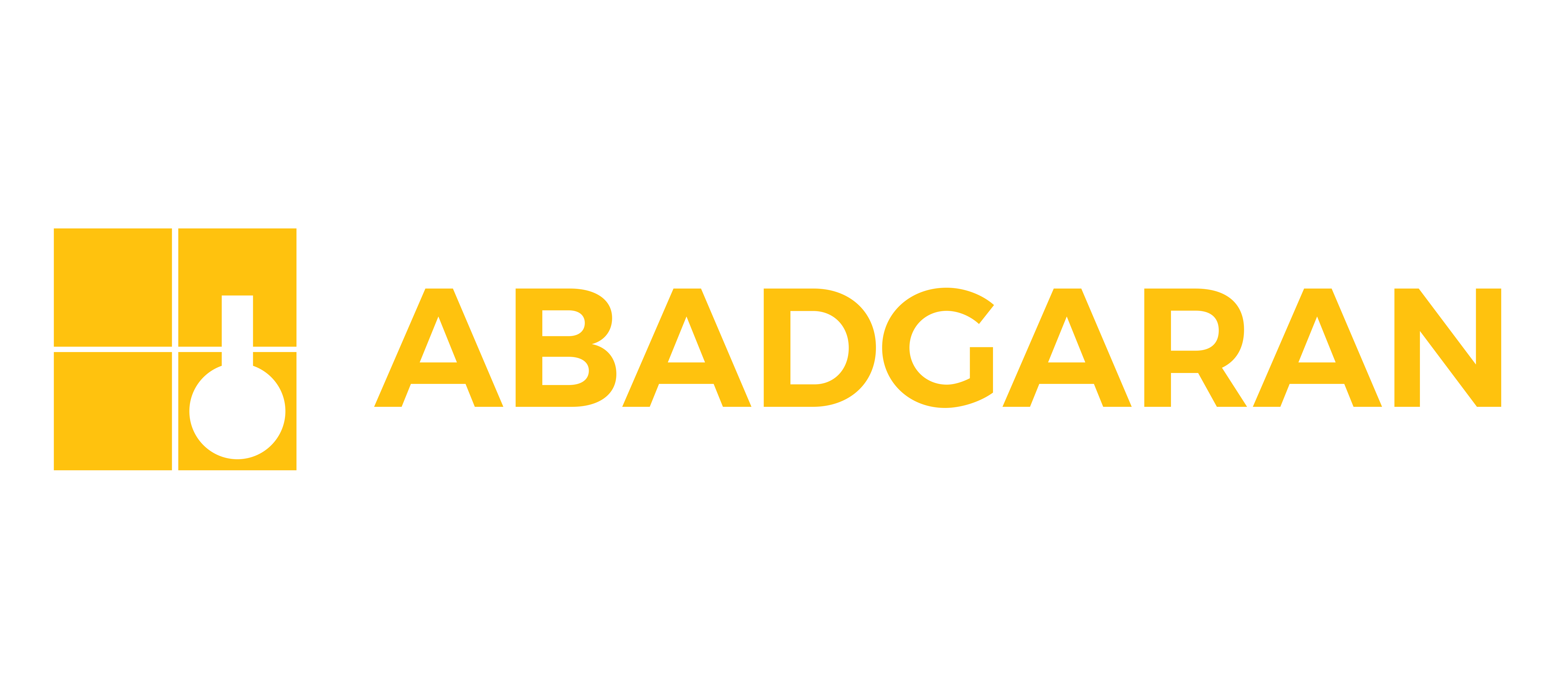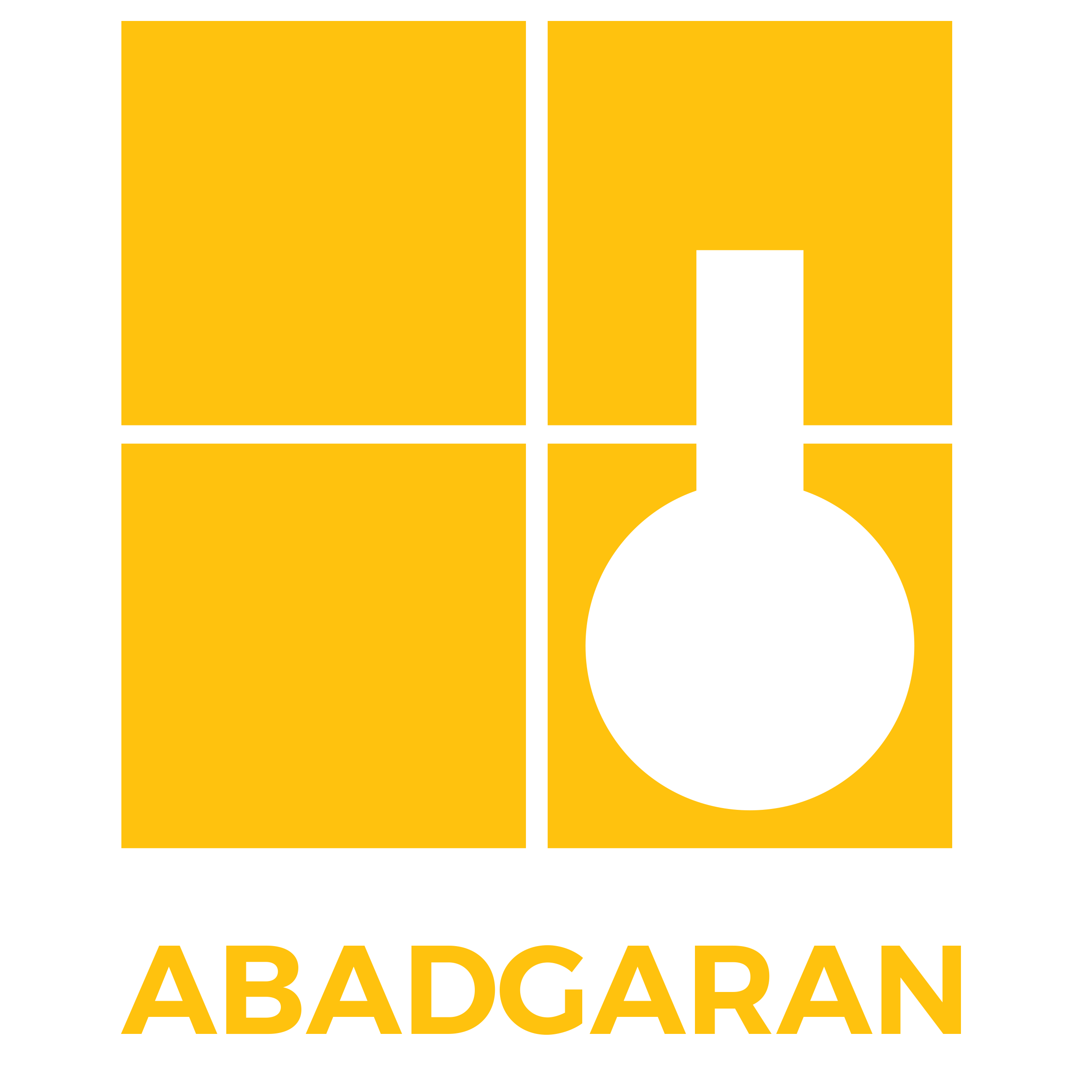
Please wait, loading...

Please wait, loading...

![]()

Introduction:
Corrosion of metals in concrete is a serious form of deterioration that affects concrete structures. Corrosion is commonly observed in parking structures, marine structures, industrial plants, buildings, bridges, and pavements. In 2001, the U.S. Federal Highway Administration reported that the estimated cost of corrosion of highway bridges ranged from $43.6 billion to $15.10 billion.
This issue imposes costs on both public and private sectors.
Concrete creates a highly alkaline environment that leads to the formation of a passive film protecting the steel from corrosion. However, if the quality of concrete and details such as cover thickness and crack control are insufficient, corrosion of embedded metals in concrete may occur.
For more details on the mechanism of metal corrosion in concrete, refer to ACI 222R.
Once corrosion initiates, it can be accelerated by factors such as moisture and increased ambient temperature. Cracking can also exacerbate corrosion.
Other causes of corrosion include steel exposure to aggressive elements and industrial chemicals or wastewater that attack both concrete and reinforcing steel.
Reinforced concrete structures should be designed to prevent such conditions or protect against them when avoidance is not possible.

Steel corrosion mainly occurs in concrete elements exposed to chlorides or in heavily carbonated concrete. In bridges and their infrastructure located in areas where de-icing salts are directly applied to bridge decks, these salts can easily penetrate cracks and reach the reinforcement depth in less than a year.
In regions where de-icing salts are used, bridges and their infrastructure are vulnerable to corrosion due to direct contact with chlorides. These salts can reach the reinforcing steel in under a year.
In unprotected structures, corrosion may occur within the first ten years of service. De-icing salts can also penetrate expansion joints in bridge decks, and the chloride ion contamination leads to steel corrosion.
Parking structures in these environments are also prone to chloride contamination, even if de-icing salts are not directly applied. Chloride-laden water and road debris clinging to the underside of vehicles can spread over the parking surface.
All reinforced concrete structures in contact with seawater or exposed to wind-driven ocean spray are at risk of chloride-induced corrosion damage.
If precautions are not taken, conventional reinforced or prestressed concrete structures—such as cooling towers—can suffer from carbonation-induced corrosion. The combination of relatively high temperatures and water vapor accelerates concrete carbonation, which destroys the protective mechanism against corrosion even in the absence of chloride or other aggressive ions.
Furthermore, evaporation in cooling towers concentrates dissolved substances. Any harmful salt that becomes concentrated may lead to corrosion.
Severe corrosion damage can result from spilled chloride salts, even in environments considered dry.
Engineers are constantly challenged to identify early corrosion in damaged concrete areas, assess deterioration, and provide repair and long-term protection solutions to extend the service life of the structure.
Repair refers to the process of replacing or restoring a deteriorated section, damaged component, or defective structural element. However, repair methods alone often do little to eliminate the root cause of failure.
Therefore, for reinforcing steel corrosion, simple repairs without measures to reduce or halt the initial corrosion process tend to fail prematurely.
Rehabilitation of structures is essential to prevent reinforcing steel corrosion in concrete. In civil engineering terms, rehabilitation is defined as "the process of repairing or modifying a structure to a desired serviceable condition."
Consequently, ACI 546R provides a repair approach that involves evaluating the current condition of the concrete structure, identifying performance issues, and selecting appropriate repair materials and techniques.
Assessing and selecting a cost-effective strengthening option for a deteriorated concrete structure requires:
The first step includes reviewing structural drawings, previous inspection reports, and available data on environmental conditions.
Collected information should include:
This information is then used to assess the overall condition of the structure. In addition to visual inspection of structural damage, a typical condition survey also includes corrosion assessment and concrete evaluation.
The goal of the condition survey is to determine the cause and extent of deterioration in terms of the total area exposed to corrosion.
Corrosion assessment methods for reinforcement (per ACI 365.1R) include:
Additional concrete evaluation tests include:

Condition assessment is followed by analysis of field and lab test results, and the selection of potential rehabilitation options based on technical features and expected service life. The next step involves conducting a Life-Cycle Cost Analysis (LCCA), which compares and evaluates the total costs of different solutions over their anticipated service lives and that of the structure.
The value of a potential solution involves not only the initial acquisition costs but also the maintenance costs over a given period.
To perform an LCCA, the initial cost, maintenance cost, and service life must be estimated for each considered rehabilitation alternative. Ultimately, the most cost-effective rehabilitation strategy is selected based on LCCA results.
Protective Systems for Concrete
Since the corrosion of reinforcing steel typically requires the ingress of water, salt solutions, oxygen, and carbon dioxide into the concrete, protecting concrete using protective systems is considered a potentially effective anti-corrosion measure.
Four general types of barriers are used:

Waterproof and Damp-Proof Barriers:
A waterproof barrier is made of materials applied to the surface of the concrete to block the passage of liquid water and significantly reduce water vapor transmission. Liquids or vapors penetrate concrete through hydrostatic pressure, vapor gradient, or capillary action. Porous concrete, cracks, structural defects, or improperly designed or constructed joints increase fluid and vapor transmission.
According to ACI 515.1R, “a waterproofing membrane is the most reliable type of barrier to prevent water ingress into an underground structure.” To protect steel reinforcements from chloride ions, the waterproofing layer is placed on the same side as the hydrostatic pressure. This is called the positive side system.
Traditionally, waterproof barriers are made of multiple layers of felt or fabric saturated with bitumen, combined with coal tar or asphalt cement.
Cold-applied systems use bituminous mastics and glass fabrics or pre-formed sheets of elastomeric materials or rubber-bitumen membranes.
The bitumens (asphalt or coal tar) used in hot-applied barriers have low resistance and must be reinforced with fabric or felt to withstand stress caused by temperature changes. Similarly, the mastics and emulsions used in cold-applied barriers lack sufficient strength and must also be reinforced with fabric.
Damp-proof barriers (as opposed to waterproof) resist water transmission in the absence of hydrostatic pressure. However, they are ineffective when exposed to water pressure.
